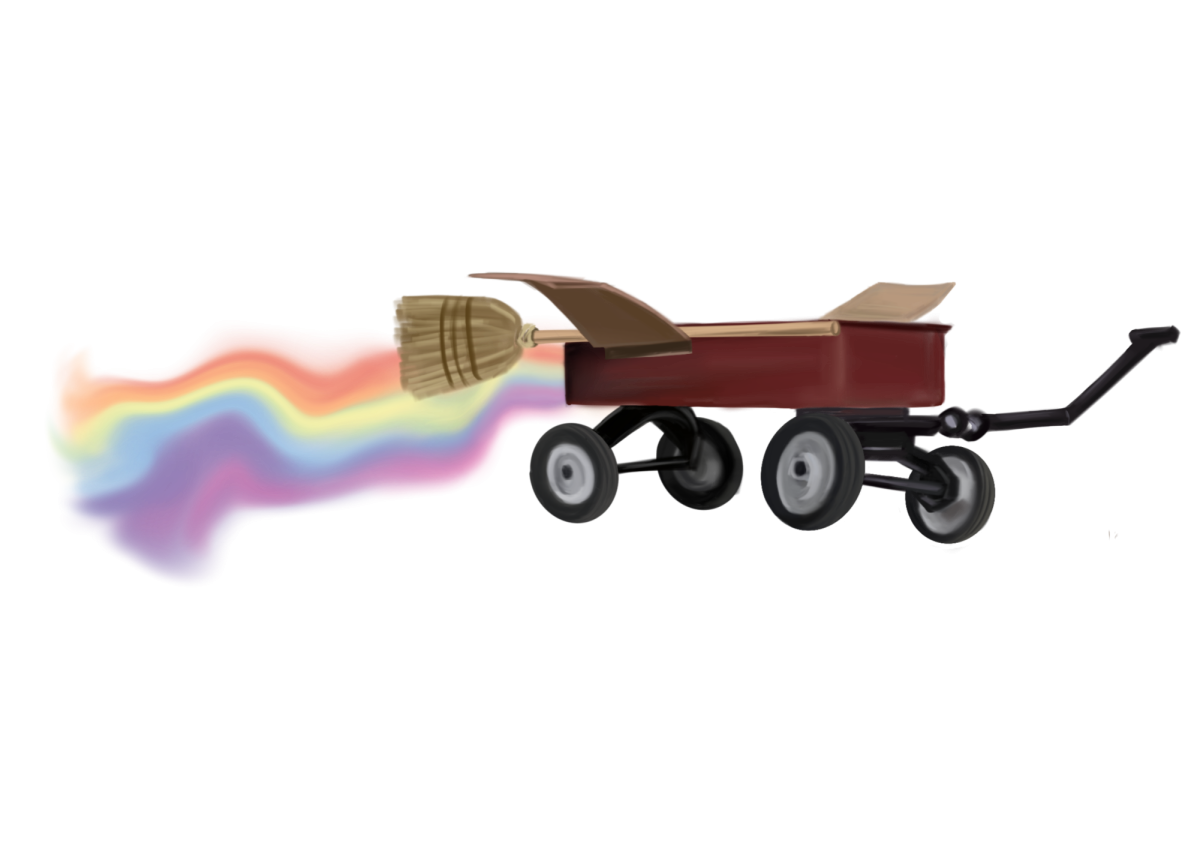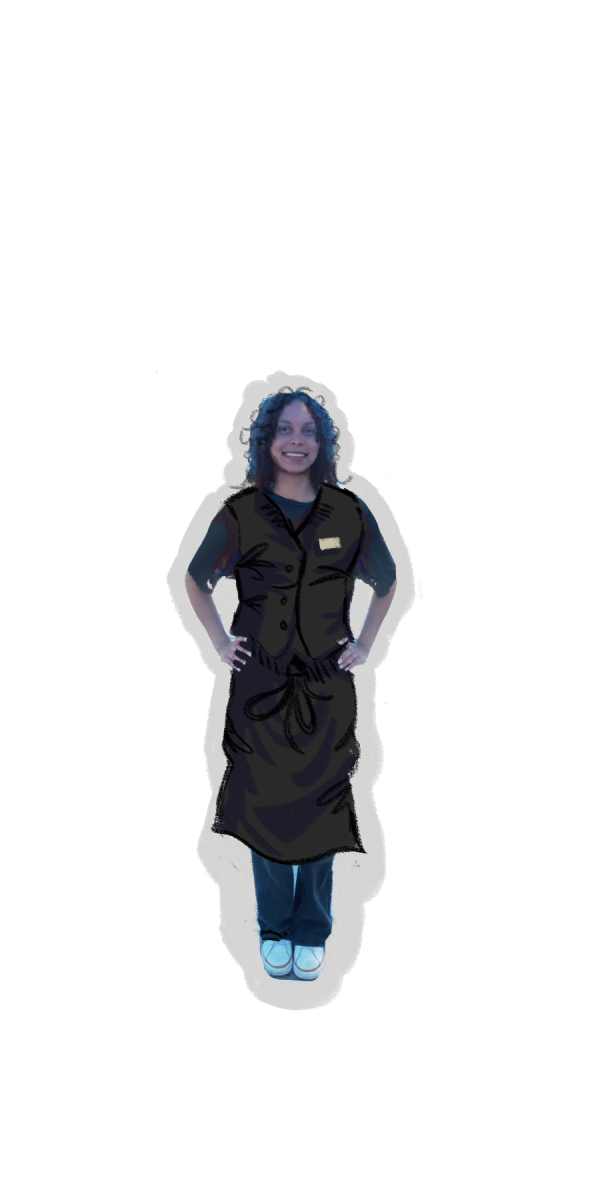Written by Kaya van der Horst
published in the Novemebr 6th, 2015 issue
Every year, chemistry teacher Dr. Heather Mellows makes mole cookies for her students to celebrate Mole Day. These adorable cookies are part of Mellows’ continued love for taking chemistry outside the classroom and into the kitchen, where she enjoys baking and candymaking. “Really, all baking is chemistry that you can eat, which is the best kind of chemistry,” she ex- plained. “I just like to be able to try different things and then eat what I try.”
Her love for baking started out with cookies and cakes in high school and eventually expanded to candymaking as an adult.
Mellows expresses her passion of baking and chemistry by coming up with recipes of her own. “There’s a candy I invented called lava chips,” she said. “They’re chocolate-covered candy lava rocks and have been described with the made-up word as ‘crunchooey.’”
Acquired skills from chemistry such as following a recipe, measuring and understanding what is going on definitely help with baking, Mellows says. All candy is essentially a unique proportion of sugar, fat and milk. “Hard candies are almost all sugar while caramels have more sugar, milk and fat in an equal ratio,” she explained. “With the lava chips you make a hot sugar mixture, and before it polymerizes you add baking soda and vinegar. As it cools, bubbles form and get trapped by the sugar to give you a nice light candy.”
The ability to experiment with different ratios of sugar, fat and milk serves as a stress outlet for Mellows. “It’s a different way to exercise my brain,” Mellows said. “I like figuring stuff out and trying new things.”
Unfortunately, time does not permit her to practice her hobby very often, so Mellows mostly bakes for family and friends on special occasions. “If it’s someone’s birthday I’ll make time to bake cake,” she explained. “The hardest part about baking is probably finding the time to do it.”
From time to time, new inventions will not go as planned. “It’s disappointing when you try some- thing new and it doesn’t come out very well,” Mel- lows said. “But that doesn’t happen all that often and usually even ‘not that good’ is still good enough.” After all, with only common household items such as reactants, Mellows uses chemistry to make candy products like no other.





















